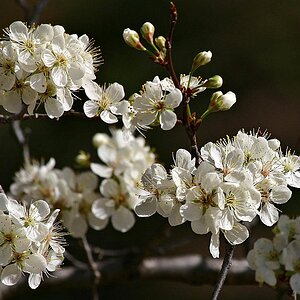Melesse
TPF Noob!
- Joined
- Jan 28, 2010
- Messages
- 22
- Reaction score
- 0
- Location
- Culpeper, VA
- Can others edit my Photos
- Photos OK to edit
I did a quick search for Flourescent and Softbox and got nothing related, which would seem odd that this hasn't been asked before, but...
I picked up a softbox at the local camera store today. All of my currently lighting is based on hot shoe flashes, but it was only $90 bucks and I couldn't resist. Perhaps I should have thought a lot harder, but as I was driving home I started to think about how much of a pain it might be to try and color correct between the CFL's in the softbox and my flash units. I've looked online and apparently you can get color balanced CFL bulbs that are around 5500K, but they are around 17 bucks apiece.
I am extremely amateur and cheap, but on the other hand I don't want to do something like mix different color temps that would gimp my picture. How do daylight balanced CFL bulbs match up to flashes? Would it be easier to figure out how much green is in the CFL and try and use a gel on the flashes to match? Or should I just return it?
If I was dead set that photography was going to be a hardcore thing for me, I would have no problem saving for and getting something nicer, but I have a bad tendency to flit from hobby to hobby, so I'm trying not to go crazy here on the costs.
Mel
I picked up a softbox at the local camera store today. All of my currently lighting is based on hot shoe flashes, but it was only $90 bucks and I couldn't resist. Perhaps I should have thought a lot harder, but as I was driving home I started to think about how much of a pain it might be to try and color correct between the CFL's in the softbox and my flash units. I've looked online and apparently you can get color balanced CFL bulbs that are around 5500K, but they are around 17 bucks apiece.
I am extremely amateur and cheap, but on the other hand I don't want to do something like mix different color temps that would gimp my picture. How do daylight balanced CFL bulbs match up to flashes? Would it be easier to figure out how much green is in the CFL and try and use a gel on the flashes to match? Or should I just return it?
If I was dead set that photography was going to be a hardcore thing for me, I would have no problem saving for and getting something nicer, but I have a bad tendency to flit from hobby to hobby, so I'm trying not to go crazy here on the costs.
Mel




![[No title]](/data/xfmg/thumbnail/32/32940-461c74a1d3ad8d2862e02a293727c72a.jpg?1619735772)
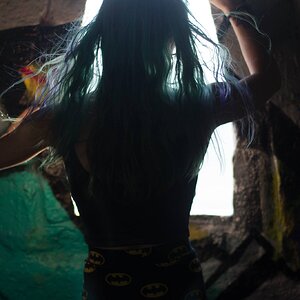
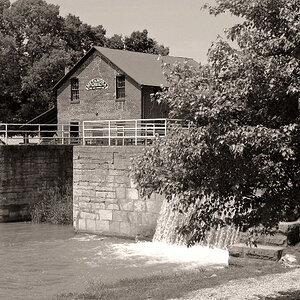
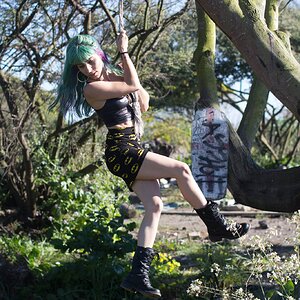
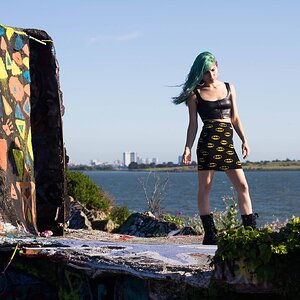
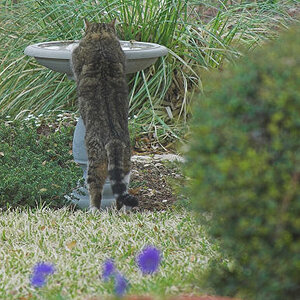
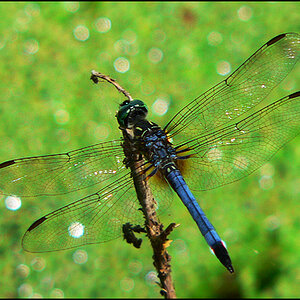
![[No title]](/data/xfmg/thumbnail/37/37530-f696180c1fd3444086283e369551ef10.jpg?1619738131)
